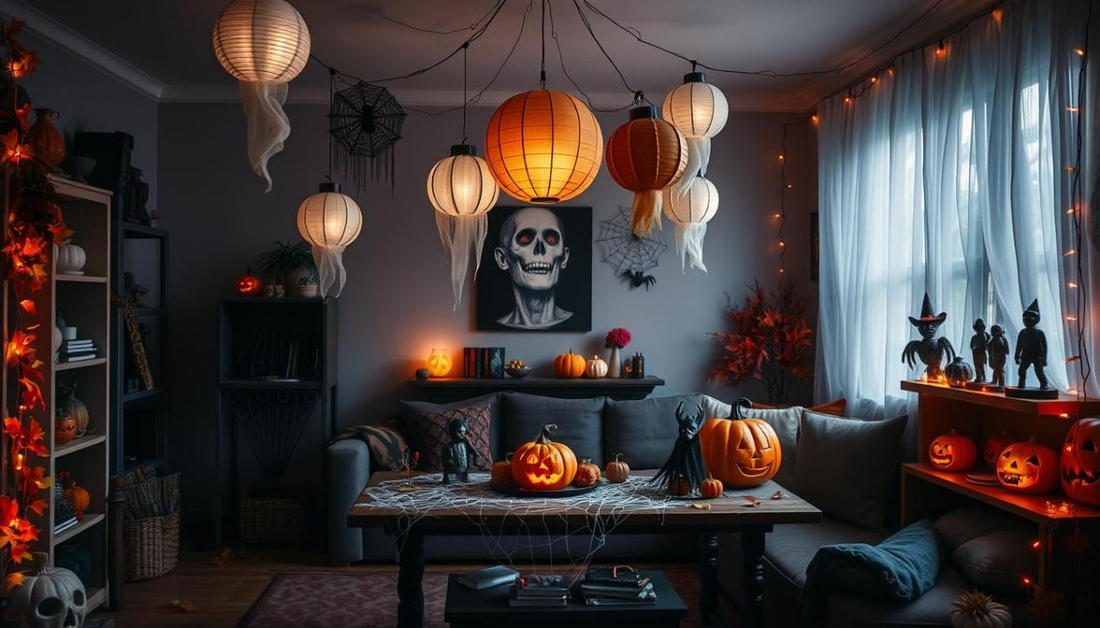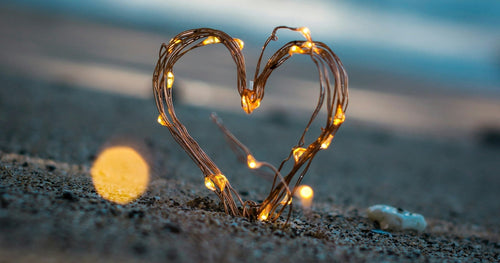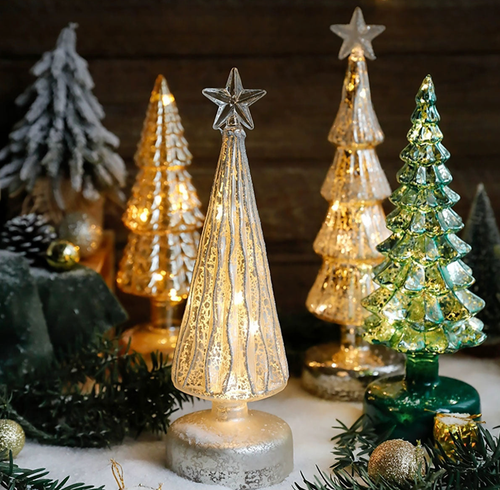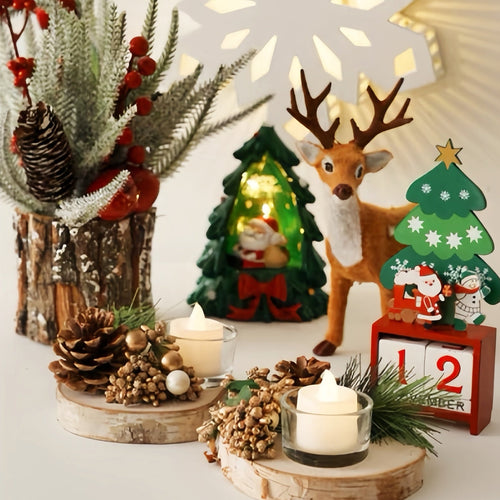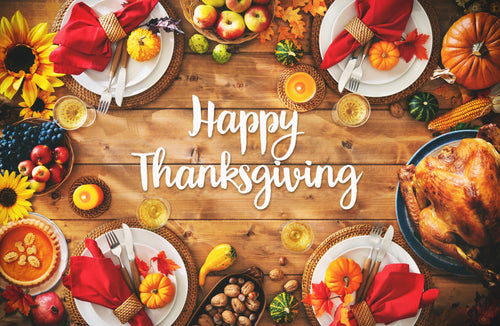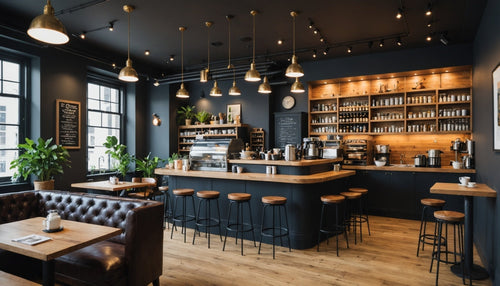Halloween is a holiday that has captured the imagination of people around the world with its blend of mystery, fun, and tradition. It’s a time when the ordinary world seems to take a backseat to the supernatural, and both young and old embrace the spirit of the macabre. In this blog, we’ll explore the origins, traditions, and modern - day manifestations of this beloved holiday.
The Ancient Origins of Halloween
Celtic Roots: Samhain
The story of Halloween begins with the ancient Celts, who lived around 2,000 years ago in what is now Ireland, the United Kingdom, and northern France. They celebrated their new year on November 1st, and the night before, known as Samhain, was a time of great significance. The Celts believed that on this night, the boundary between the worlds of the living and the dead became blurred. The spirits of the dead would return to earth, causing chaos such as damaging crops and interfering with the lives of the living.
To ward off these evil spirits, the Celts built huge sacred bonfires. They would gather around these fires, wearing costumes made from animal heads and skins, and attempt to tell each other’s fortunes. After the bonfire celebration, they would re - light their hearth fires from the sacred bonfire, believing it would bring good luck and protection for the coming year.
Roman Influence
When the Romans conquered Celtic territory in 43 AD, they brought with them their own festivals, which gradually merged with Samhain. Feralia was a Roman festival held in late October to commemorate the passing of the dead. Another Roman festival was in honor of Pomona, the goddess of fruit and trees. Pomona’s symbol was the apple, and this led to the inclusion of apple - related activities, such as bobbing for apples, in Halloween celebrations.
Christian Adaptation
In the 7th century, Pope Boniface IV designated May 13th as All Saints’ Day to honor saints and martyrs. Later, Pope Gregory III moved it to November 1st. The night before, October 31st, became known as All Hallows’ Eve, which eventually evolved into the name “Halloween.” The Christian Church tried to replace pagan festivals with Christian ones, but many of the old pagan traditions, like wearing costumes and lighting bonfires, were incorporated into the new Christian - influenced celebration.
Halloween Traditions
Costumes
One of the most iconic aspects of Halloween is dressing up in costumes. People of all ages take great pride in creating or purchasing elaborate outfits. Children often choose to be their favorite superheroes, princesses, or monsters, while adults may opt for more sophisticated or humorous costumes. The tradition of wearing costumes dates back to the Celtic practice of dressing up as spirits to blend in and avoid being recognized by the returning dead.
Trick - or - Treating
Trick - or - treating is a beloved Halloween activity, especially for children. They go from house to house in their neighborhoods, ringing doorbells and saying “Trick or treat!” In return, they receive treats such as candy, chocolates, or small toys. This tradition has its roots in the medieval practice of “souling,” where poor people would go door - to - door on All Souls’ Day (November 2nd) in exchange for food in return for praying for the souls of the dead.
Jack - o’- Lanterns
Jack - o’- lanterns are a quintessential Halloween decoration. They are carved pumpkins with a candle inside, creating a spooky glow. The tradition originated from an Irish legend about a man named Stingy Jack. Jack tricked the devil and was condemned to wander the earth with only a burning coal in a carved - out turnip to light his way. When Irish immigrants came to America, they found that pumpkins were more readily available than turnips, and thus the jack - o’- lantern as we know it today was born.
Haunted Houses
Haunted houses are a popular attraction during Halloween. They are usually set up in large buildings or abandoned locations and are filled with scary props, actors dressed as monsters or ghosts, and special effects. People visit haunted houses for the thrill of being scared and to experience a taste of the supernatural.
Halloween Around the World
While Halloween is most commonly associated with the United States, it is celebrated in various forms around the world. In Mexico, the Day of the Dead (Dia de los Muertos) is a multi - day celebration that honors deceased loved ones. It combines indigenous and Catholic traditions and is marked by colorful altars, sugar skulls, and parades. In Ireland, the birthplace of many Halloween traditions, there are still bonfires and traditional festivals, and people often tell ghost stories.
The Modern - Day Halloween
In modern times, Halloween has become a major commercial holiday. Retailers offer a wide range of Halloween - themed products, from costumes and decorations to party supplies and novelty items. There are also many Halloween - themed events, such as concerts, shows, and festivals. Social media has also played a role in spreading the Halloween spirit, with people sharing photos of their costumes, decorations, and parties.
Halloween is a holiday with a rich and diverse history that combines ancient traditions with modern - day fun. It offers a unique opportunity for people to embrace the spooky and supernatural, to come together as communities, and to have a great deal of fun. Whether you’re out trick - or - treating, visiting a haunted house, or simply enjoying a Halloween party with friends and family, there’s no denying the allure of this mysterious and exciting holiday. So, put on your costume, grab a jack - o’- lantern, and let the Halloween festivities begin!
Why is halloween celebrated?
Halloween is celebrated for a variety of reasons, stemming from its historical, cultural, and modern - day significance:
Historical and Cultural Reasons
-
Ancient Celtic Beliefs
- The Celts celebrated Samhain, marking the end of the harvest season and the beginning of winter. They believed that on the night of October 31, the boundary between the living and the dead was blurred. The dead could return to earth, and people held large bonfires and wore costumes to ward off evil spirits. This was a way to respect and deal with the supernatural forces they believed were at play during this transition period.
-
Christian Commemoration
- All Saints’ Day, on November 1, was established by the Christian Church to honor saints and martyrs. The night before, All Hallows’ Eve (Halloween), became associated with this religious observance. It was a time for people to remember the deceased and pray for their souls, gradually blending with the existing pagan traditions in regions where Christianity spread.
-
Roman Influences
- The Romans had festivals like Feralia, which was a day to commemorate the dead, and the festival of Pomona, the goddess of fruit and trees. When the Romans conquered Celtic lands, these traditions merged with Samhain. The association with fruit, especially apples from the Pomona festival, led to games like apple - bobbing becoming part of Halloween celebrations.
Modern - Day Reasons
-
Fun and Entertainment
- Halloween has become a major holiday for fun and entertainment. People of all ages enjoy dressing up in creative and often elaborate costumes, whether they are spooky monsters, superheroes, or characters from movies and TV shows. It provides an opportunity for self - expression and a break from the ordinary.
-
Community and Social Bonding
- Activities such as trick - or - treating bring communities together. Children go from house to house, collecting treats, and neighbors interact and share in the festive spirit. Halloween parties are also popular, where friends and family gather to enjoy games, food, and decorations, strengthening social connections.
-
Commercial Appeal
- The holiday has a significant commercial aspect. Retailers sell a wide range of Halloween - related products, including costumes, decorations, candy, and party supplies. This creates economic opportunities and adds to the overall excitement and visibility of the holiday.
-
Cultural Heritage and Tradition
- For many families, Halloween is a cherished tradition passed down through generations. It allows them to connect with their cultural roots and share the stories and practices associated with the holiday with younger members, preserving a sense of cultural identity.
Where do halloween come from?
Halloween has ancient origins and is a blend of multiple cultural and religious traditions that have evolved over time. Here are the main sources contributing to the emergence of Halloween:
Celtic Festival: Samhain
-
Origin and Beliefs
- Around 2,000 years ago, the Celts in what is now Ireland, the United Kingdom, and northern France celebrated their new year on November 1. They believed that on the night before the new year (October 31), the boundary between the worlds of the living and the dead became blurred. The dead would return to earth, causing chaos such as damaging crops and interfering with the lives of the living.
-
Celebration Practices
- To commemorate this event, the Celts built huge sacred bonfires where they made sacrifices to the gods. People would wear costumes, typically animal heads and skins, and attempt to tell each other’s fortunes. After the bonfire celebration, they re - lit their hearth fires from the sacred bonfire, believing it would bring good luck and protection for the coming year.
Roman Influence
-
Feralia and Pomona
- In 43 AD, the Romans conquered a large part of Celtic territory. Over time, two Roman festivals were combined with the Celtic Samhain. The first was Feralia, a day in late October when the Romans commemorated the passing of the dead. The second was a celebration honoring Pomona, the Roman goddess of fruit and trees. Pomona’s symbol was the apple, which is why bobbing for apples became a popular Halloween game.
Christian Influence: All Saints’ Day
-
Origin of All Saints’ Day
- In the 7th century, Pope Boniface IV designated May 13 as All Saints’ Day, a time to honor saints and martyrs. Later, in the 9th century, Pope Gregory III moved All Saints’ Day to November 1. The night before, October 31, became known as All Hallows’ Eve, which eventually evolved into the name “Halloween.”
-
Connection to Halloween
- Christian missionaries tried to replace pagan festivals with Christian ones. All Saints’ Day was intended to offer a Christian alternative to the Celtic Samhain. However, many of the old pagan traditions, such as wearing costumes and lighting bonfires, were incorporated into the new Christian - influenced celebration.
Immigrant Influence in America
-
Popularization in the United States
- Irish immigrants, fleeing the Great Famine in the 1840s, brought their Halloween traditions to America. In the United States, Halloween gradually evolved into a more community - based, family - friendly holiday. It became less about superstition and the afterlife and more about fun activities like trick - or - treating, carving jack - o’- lanterns, and wearing elaborate costumes.
When is halloween 2025?
Halloween is always celebrated on October 31st each year. So, in 2025, Halloween falls on Friday, October 31st.
How many days until halloween?
To find out precisely how many days remain until the spookiest night of the year, visit the Countdown to Halloween. It offers a reliable countdown that keeps you informed.

